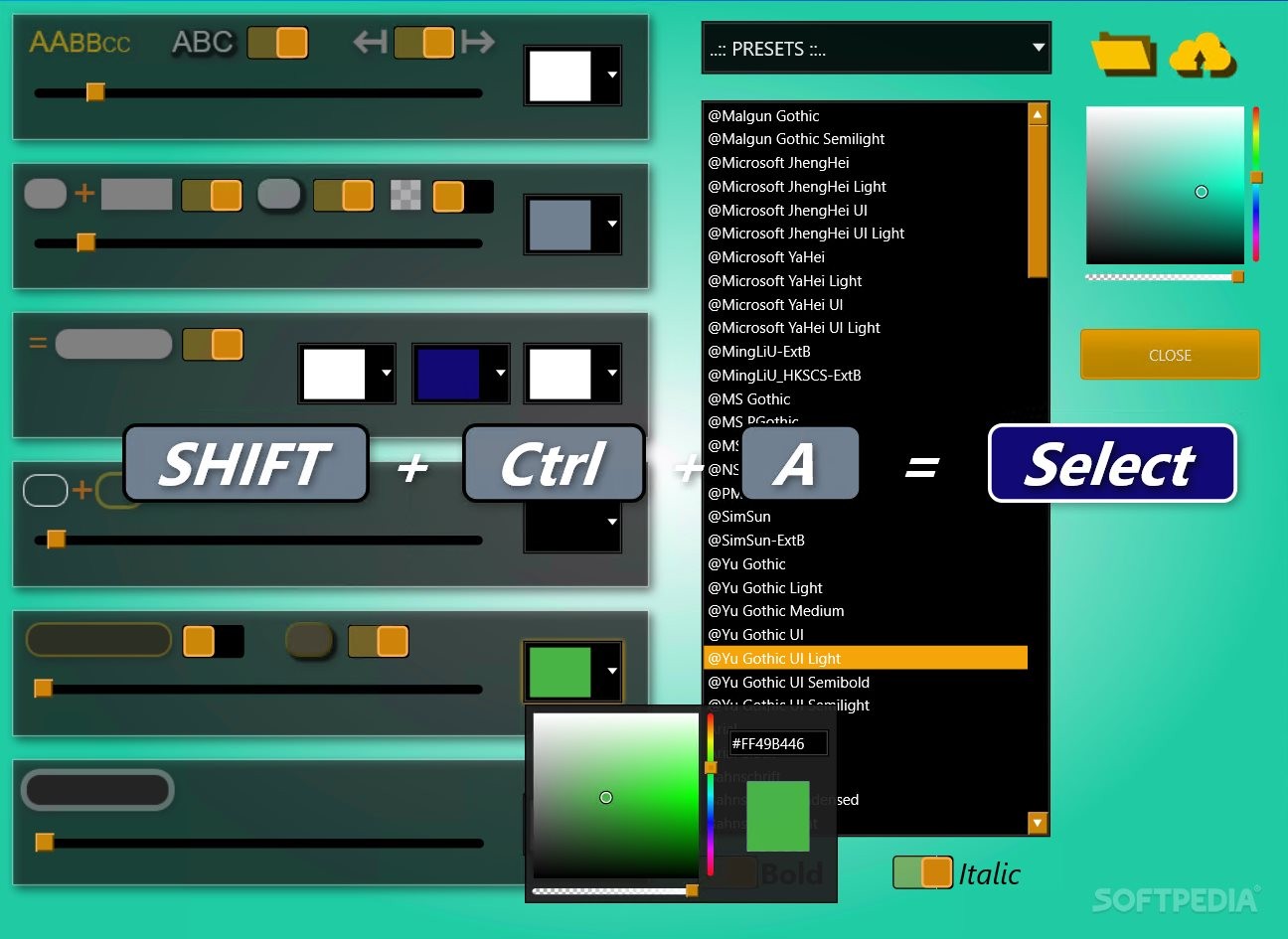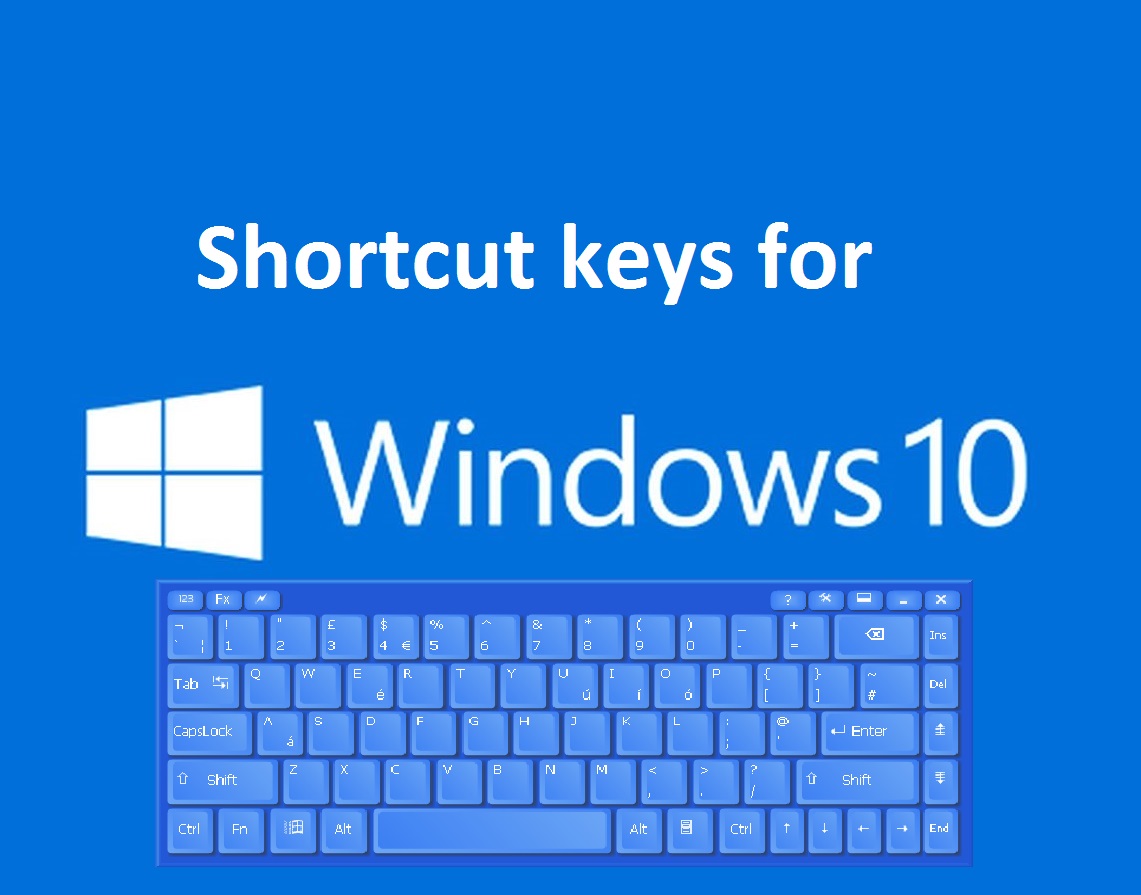

- #WINDOW KEYSTROKES HOW TO#
- #WINDOW KEYSTROKES CODE#
- #WINDOW KEYSTROKES DOWNLOAD#
- #WINDOW KEYSTROKES WINDOWS#
Move to the previous item in the section (notebooks, tags. These shortcuts will work when the navigation menu has focus. Set focus in the note editor of the selected note Open the selected note in a separate window These shortcuts will work when the note list has focus. These shortcuts will work when you are editing a note. Set focus to the tag field of the active noteĬycle through note list views (Snippet, Card, Top List, Side List, Thumbnail) Rename selected notebook, note, tag, or saved search
#WINDOW KEYSTROKES WINDOWS#
Quickly switch to note, notebook, tag, or searchĬlose separate windows / Minimize main window to tray These shortcuts will work when the Evernote application is active. In older versions of Evernote, you can redefine these shortcuts by going to Tools > Options > Shortcut keys from the menu bar. To redefine these shortcuts, visit Customize global keyboard shortcuts. These shortcuts will work system-wide when working in any application (provided Evernote is running). Note: The middle columns labeled "New version" refer to the new Evernote for Windows.
#WINDOW KEYSTROKES DOWNLOAD#
Below is a comprehensive list of all keyboard shortcuts available for Windows. Download Keystrokes Expert 1. PostMessage(hwnd, WM_SYSKEYUP, VK_F4, 0xC03E0001 | 0x20000000) Ġx20000000 means context code, the value is 1 if the "Alt" key is down.Keyboard shortcuts in Evernote for WindowsĮvernote can be driven almost entirely using only the keyboard. Keybd_event(VK_SHIFT, 0, KEYEVENTF_KEYUP, 0) įor the keys "Alt", It belongs to the system button, using WM_SYSKEYDOWN/ WM_SYSKEYUP message. The details for last parameter ( lParam) you can reference to msdn.įor the keys "Shift/Ctrl", sample: keybd_event(VK_SHIFT, 0, 0, 0) PostMessage(hwnd, WM_KEYDOWN, VK_RIGHT, 0x0001|VirtualKey<<16) Then use FindWindowsEx to get the handle of the child window or control to receive keys.īecause the top window of the application is not always the window that accepts Keystroke (such as notepad.exe, the window that actually accepts Keystroke is the Edit control under the main window of Notepad), it can be found by ClassID or Caption.Īssuming that the handle of the target window has been got(hwnd), the key message will be sent to the window with PostMessage.įor normal character keys, it is simplest to use WM_CHAR message directly, as follows:įor un-normal character keys, such as function keys, direction keys, etc., WM_KEYDOWN and WM_KEYUP messages should be used as follows: VirtualKey = MapVirtualKeyA(VK_RIGHT, 0)

First, the handle of Top Level window of application is obtained by FindWindow. This requires Windows API FindWindow and FindWindowsEx. In order to send Keystroke to any application window, without activating the application to get input focus. Thus a solution with a fixed hWnd like here doesn't work directly. Note: More generally, the use case I'm interested in is the case where the process app.exe might open dialogs, close dialogs, open other windows, so the solution should be able to send the keystrokes to the active window of the process.
#WINDOW KEYSTROKES HOW TO#
Question: how to have Python send the keystrokes to notepad.exe only, even if this application is not in foreground?Ĭontext: I'm automating some long task requiring that my Python script sends keystrokes to app.exe (in background) during maybe 15 minutes, but I'd like to do something else with the computer in the meantime. to the currently active window, which I dont't want! Problem: if I open another application (example: browser) in the meantime, the keystrokes are sent. This guide lists some of the shortcut keys that you can use from the desktop in Windows 10. I would like to let this operation continue in background, continue my work on the computer, and have the keystrokes sent to Notepad (in background). , Z every second: import win32com.client, time Open the desktop and open a new instance of the app located at the given position on the taskbar as an administrator. Windows logo key + Ctrl + Shift + number.
#WINDOW KEYSTROKES CODE#
This code (inspired from Which is the easiest way to simulate keyboard and mouse on Python?) opens a Notepad and send the keys A, B, C, D. Open the desktop and open the Jump List for the app pinned to the taskbar in the position indicated by the number.


 0 kommentar(er)
0 kommentar(er)
